News Archive
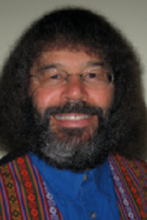
Woodward part of research team that captures unique images of Io’s volcanoes
Posted
Jupiter’s moon, Io, is one of the most volcanically active body in the solar system and yet, scientists have not been able to capture detailed images of volcanism and lava flows regularly. School of Physics and Astronomy Professor Charles “Chick” Woodward is part of a research team that was able to image four of Io’s volcanoes with greater detail than ever before from Earth based observatories. Io is over 390 million miles from the earth and the images enabled the team to resolve and study surface features less than 2 kilometers in size.

The Big Picture: Rudnick helps lead effort that reveals the stormy weather in galaxy clusters
Posted
Professor Emeritus Lawrence Rudnick of the School of Physics and Astronomy led the Technical Working Group of the MeerKAT Galaxy Cluster Legacy Survey (MGCLS).
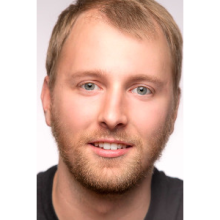
Furmanski part of collaboration that casts doubt on the so-called “sterile neutrino”
Posted
Assistant Professor Andrew Furmanski, a faculty member in the School, is a member of a collaboration known as MicroBooNE, 170-ton liquid-argon detector at Fermilab, whose results have possibly eliminated the theorized “sterile neutrino.”
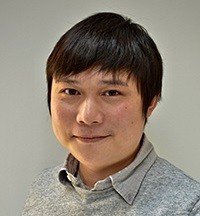
Wang finds unique properties by giving three layers of graphene a twist
Posted
Ke Wang, an Assistant Professor in the School of Physics and Astronomy, led a recent experimental effort to study the electrical properties of a novel architecture of graphene--a single atomic layer of graphite. It was recently shown that by placing two layers of graphene on top of one another with a small twist angle in between, the electrical properties change drastically. “With a precisely-controlled twist angle,” Wang says, “it can even become superconducting, allowing electrical current to experience no dissipation or resistance.” Wang’s group took it to another level by stacking three layers of graphene with consecutive twists, resulting in a higher order atomic structure that exhibits “transport signature of superconductivity at an extremely low electron density, two orders of magnitude smaller than the previous record,” Wang says.
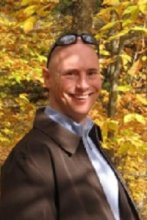
Pryke leads research effort that improves constraints on Physics of Big Bang
Posted
Professor Clem Pryke of the School of Physics and Astronomy has recently published a paper using data from the BICEP/Keck experiments at the South Pole to refine models of the early expansion of the Universe after the Big Bang.

Greven research finds stretching quantum materials could tune their efficiency
Posted
Professor Martin Greven, a Distinguished McKnight Professor in the University of Minnesota’s School of Physics and Astronomy and the Director of the Center for Quantum Materials, led research efforts that found that deformations in quantum materials that create an imperfection in their crystalline structure, can actually improve the material's superconducting and electrical properties.

Searching for Stealth SUSY
Posted
Nadja Strobbe, who joined the School as an assistant professor in 2019, is leading an investigation into what she calls “stealth Supersymmetry (SUSY).” The elusive process of supersymmetry is a theoretical extension of the Standard Model that predicts a partner particle for every particle. These new particles could solve a major problem with the Standard Model – fixing the mass of the Higgs boson. To date, there has been no evidence for supersymmetry, although experiments at the Large Hadron Collider (LHC) have ruled out some of the simplest models.

Mu2e an (almost) impossible experiment
Posted
Physicists at the University of Minnesota are building an experiment that they readily admit is almost impossible.
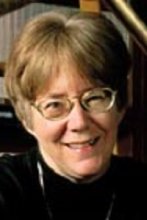
The Red Hypergiant VY CMa – Betelgeuse on Steroids
Posted
Professor Roberta Humphreys of the School of Physics and Astronomy led a study with the Hubble Space Telescope to explain the origin of numerous high mass-loss ejections from a very massive star.
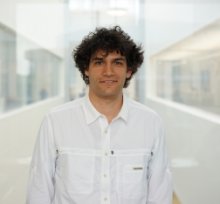
Pribiag to help lead NSF-funded ‘Global Quantum Leap’
Posted
Effort aims to accelerate the discovery of next generation computing and communications systems